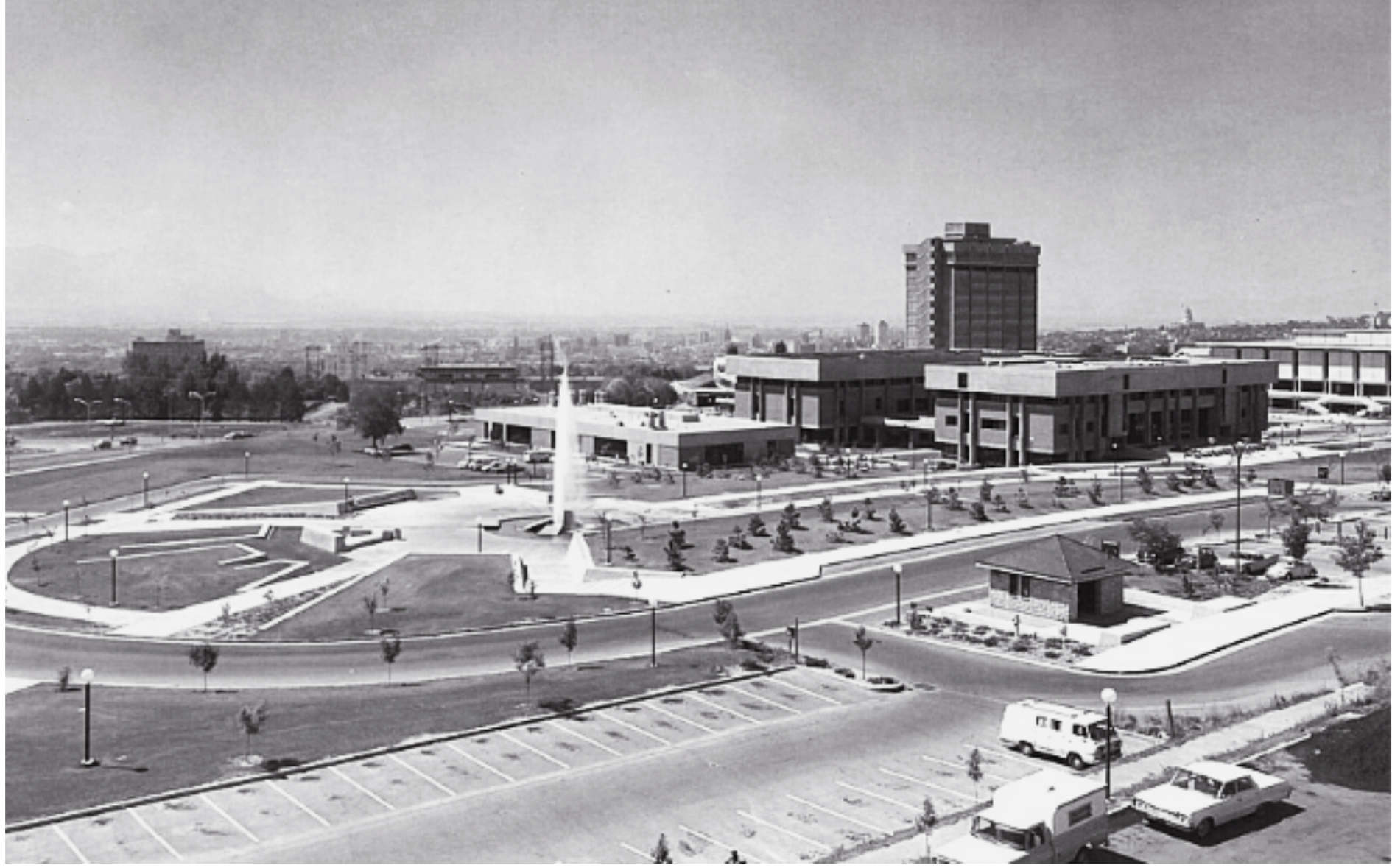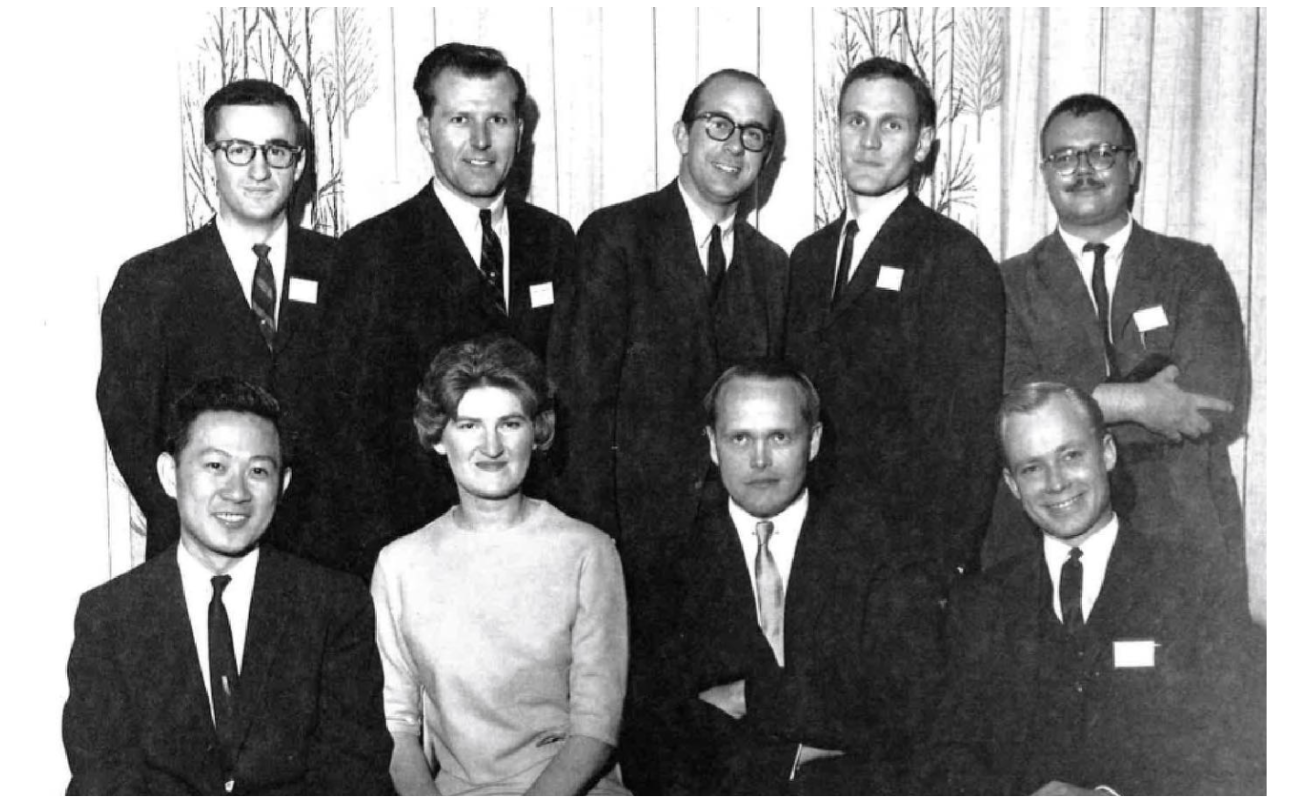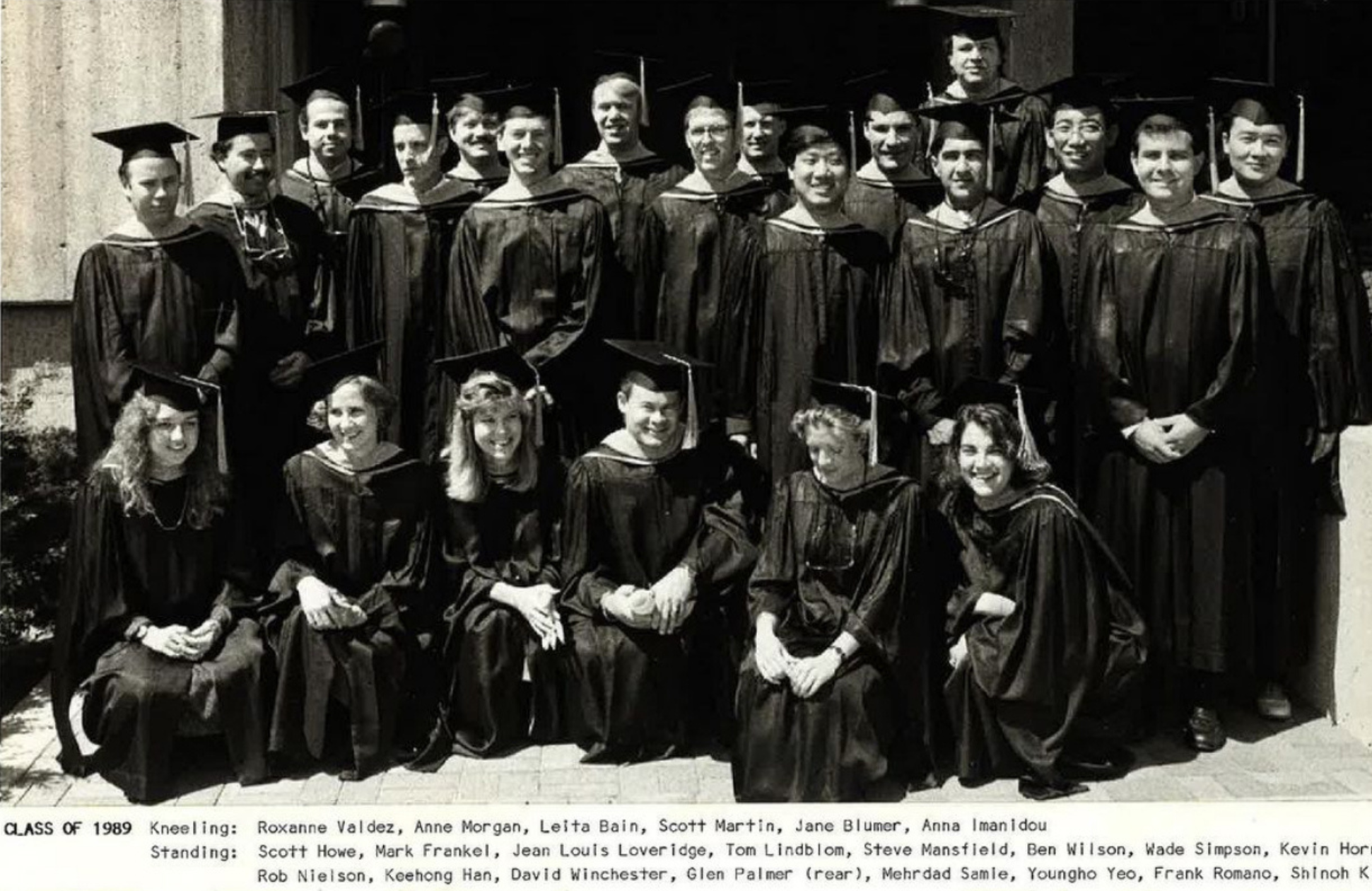


The first Department of Architecture at the University of Utah was formed in 1949 within the College of Fine Arts and was authorized to grant the Bachelor of Architecture degree. The program received initial accreditation in 1954 from the National Architectural Accrediting Board (NAAB) and has been accredited continuously since then. The architecture program became an independent professional school, Graduate School of Architecture (GSA) in 1974, offering a Master of Architecture rather than a Bachelor of Architecture degree. In 1990, the pre-professional Bachelor of Science in Architectural Studies degree program was initiated. We operated as a single-department college for almost 30 years, until 2003. At this time, the college was renamed as the College of Architecture + Planning, with School of Architecture (SoA) becoming one of the units within the college. The SoA now offers a Bachelor of Science in Architectural Studies (BSAS) as the pre-professional degree, a Master of Architecture (M.Arch) as the accredited professional degree, and a post-professional Master of Science in Architectural Studies (MSAS) degree.
The SoA has developed a number of core values throughout our history that reflect the ethical nature of architectural practice and provide a criticality and depth that guide our program: design excellence, community engagement and social equity, cutting edge technology and innovation, student empowerment, design-build, environmental resilience, and a globalized approach to history/theory/criticism.
A commitment to design excellence has been a core value of the SoA beginning in 1949. The architecture program proved indispensable to the University’s development, providing the first sketches of a master plan for the University, and eventually helping to develop the Campus Planning Office. The tradition of design excellence continues to this day with the hiring of leading practitioners in the region.
In the 1960s, the Architecture Department formed an alliance with the Computer Sciences Department, where pioneering research was happening in computer graphics and art. In the early 1970s, the Graduate School of Architecture installed its first data processing unit, making the School one of the first in the country to begin experimenting with computer applications in architecture. Our commitment to integrating advanced digital technologies continues to this day. In the spring of 2018, we opened our new Fab Lab, an expansion of our wood and metal shop focused on digital fabrication and featuring a new large-format CNC machine.
The DesignBuildBLUFF (DBB) program started in 2000. The program offers students an immersive hands-on opportunity to design and build a full-scale work of architecture in collaboration with the Navajo Nation in southeastern Utah, emphasizing sustainability and a respect for the unique social and cultural needs of its remote desert location. This program completed numerous projects and received 15 national and 5 local design awards. In 2017, the success of this program has inspired the School to offer an additional student experience based locally in Salt Lake City. In 2021, these programs were grouped to form DesignBuildUTAH, a signature experiential learning and community engagement curriculum for our graduate students.
Today, we offer every student an opportunity to serve communities both locally and nationally in our undergraduate and graduate level programs. The School has generated a long list of public-interest-driven graduate studios that elevate Utah's campus-wide commitment to community engagement, e.g., Women's Garden Shelter, North Temple Shelter (for the Unsheltered), Tibetan Community Center, Home for LGBT Youth, Home for Alzheimer's Patients, Hartland Living and Learning Center, Hartland Partnership Center, Utah Refugee Welcome Center, Park City Workforce Housing, Community Art & Live Work Center, Community + Arts Library, Flux Memorial/Tsunami Detection Center, Tohoku Tsunami Center, and a tiny house prototype for the Other Side Village.
Following a very successful NAAB accreditation process in 2016, in which the school received a full eight-year term, a new integrated curriculum model was developed. The new curriculum focuses on the processes and integration of design, research, and critical creative thinking to better reflect the necessary transformation of architectural practice. The reimagined curriculum makes meaningful connections between our different areas of instruction: design, history/theory/criticism, building technology, communications, and professional practice, through the design of an innovative sequence of integrated courses taught collaboratively to illustrate the connections between areas of instruction and the importance of each area for the ethical practice of architecture. The faculty continues to explore the challenges of the discipline—social equity, global citizenship, ecological resilience—and how these challenges redefine design excellence.
